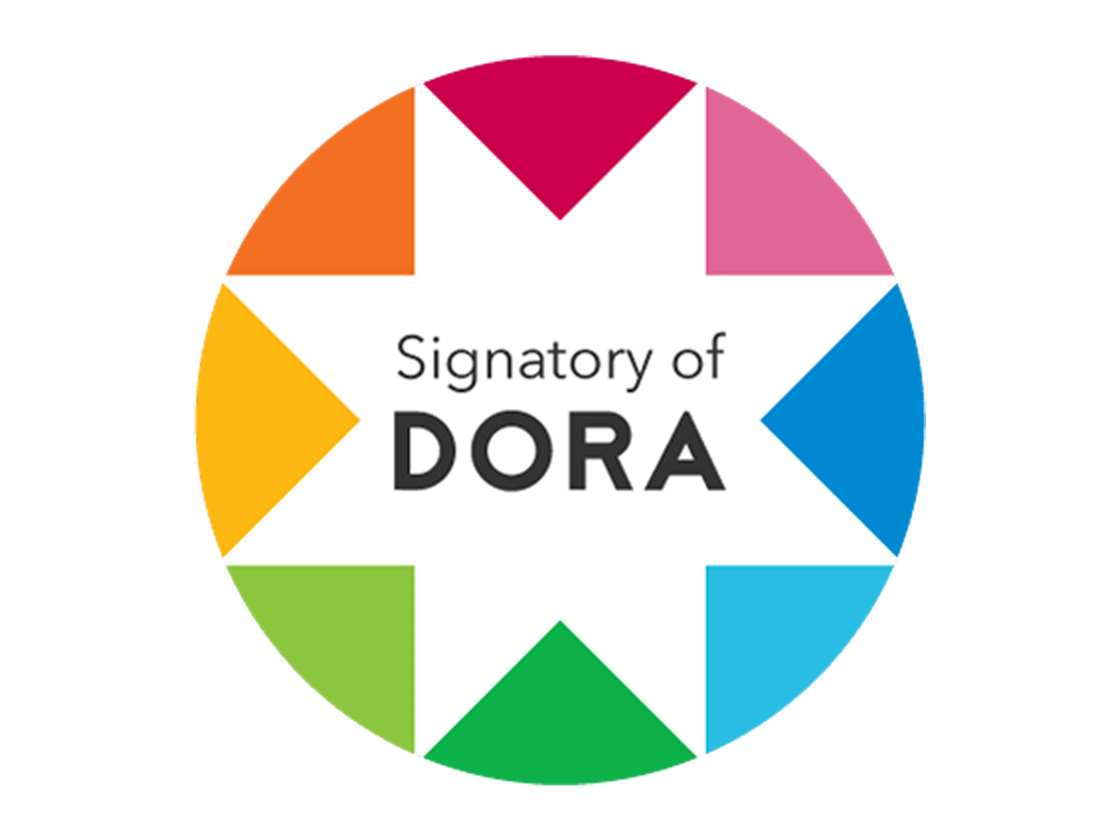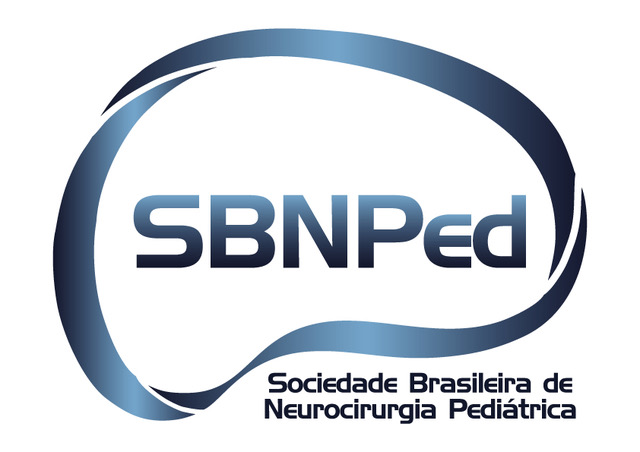White Cerebellum Sign: case series and literature review
DOI:
https://doi.org/10.46900/apn.v2i3(September-December).51Keywords:
cerebellum, neuroimaging, Prognosis, Traumatic Brain Injury, White cerebellum signAbstract
Introduction: The white cerebellum sign is a rare radiological finding, seen in severe traumatic brain injury and severe hypoxia. Radiologically, it is characterized by cerebellar hyperdensity, associated with diffuse cerebral hemispheres hypoattenuation. This paper aims to guide the white cerebellum sign diagnosis in traumatic craniocerebral injuries or not in pediatric patients.
Patients and Methods: The authors present a series of five cases that showed the white cerebellum sign from the period about 2007 and 2010, associated with a literature review.
Results: The white cerebellum sign was present in 5 patients, three of them were male and 2 female. The mean age was 22 months. The causes of which were: traumatic brain injury (3), drowning (1) and metabolic encephalopathy (1). The skull computerized tomography scan was performed in all cases. All patients were submitted to conservative treatment. There were four deaths and one survived with severe neurological sequelae.
Conclusion: The white cerebellum sign is associated with irreversible brain damage, and its pathophysiology is controversial. The imaging tests are important to diagnosis. It has a poor prognosis, associated with the development of diffuse cerebral atrophy or cystic encephalomalacia in those who survive.
Downloads

Downloads
Published
How to Cite
Issue
Section
License
Copyright (c) 2020 Carlos Umberto Pereira, André Fabiano de Carvalho, Nicollas Nunes Rabelo, Gabriela Ferreira Kalkmann, Letícia Novak Crestani, Letícia Adrielle dos Santos

This work is licensed under a Creative Commons Attribution 4.0 International License.

When publishing in Archives of Pediatric Neurosurgery journal, authors retain the copyright of their article and agree to license their work using a Creative Commons Attribution 4.0 International Public License (CC BY 4.0), thereby accepting the terms and conditions of this license (https://creativecommons.org/licenses/by/4.0/legalcode).
The CC BY 4.0 license terms applies to both readers and the publisher and allows them to: share (copy and redistribute in any medium or format) and adapt (remix, transform, and build upon) the article for any purpose, even commercially, provided that appropriate credit is given to the authors and the journal in which the article was published.
Authors grant Archives of Pediatric Neurosurgery the right to first publish the article and identify itself as the original publisher. Under the terms of the CC BY 4.0 license, authors allow the journal to distribute the article in third party databases, as long as its original authors and citation details are identified.





























